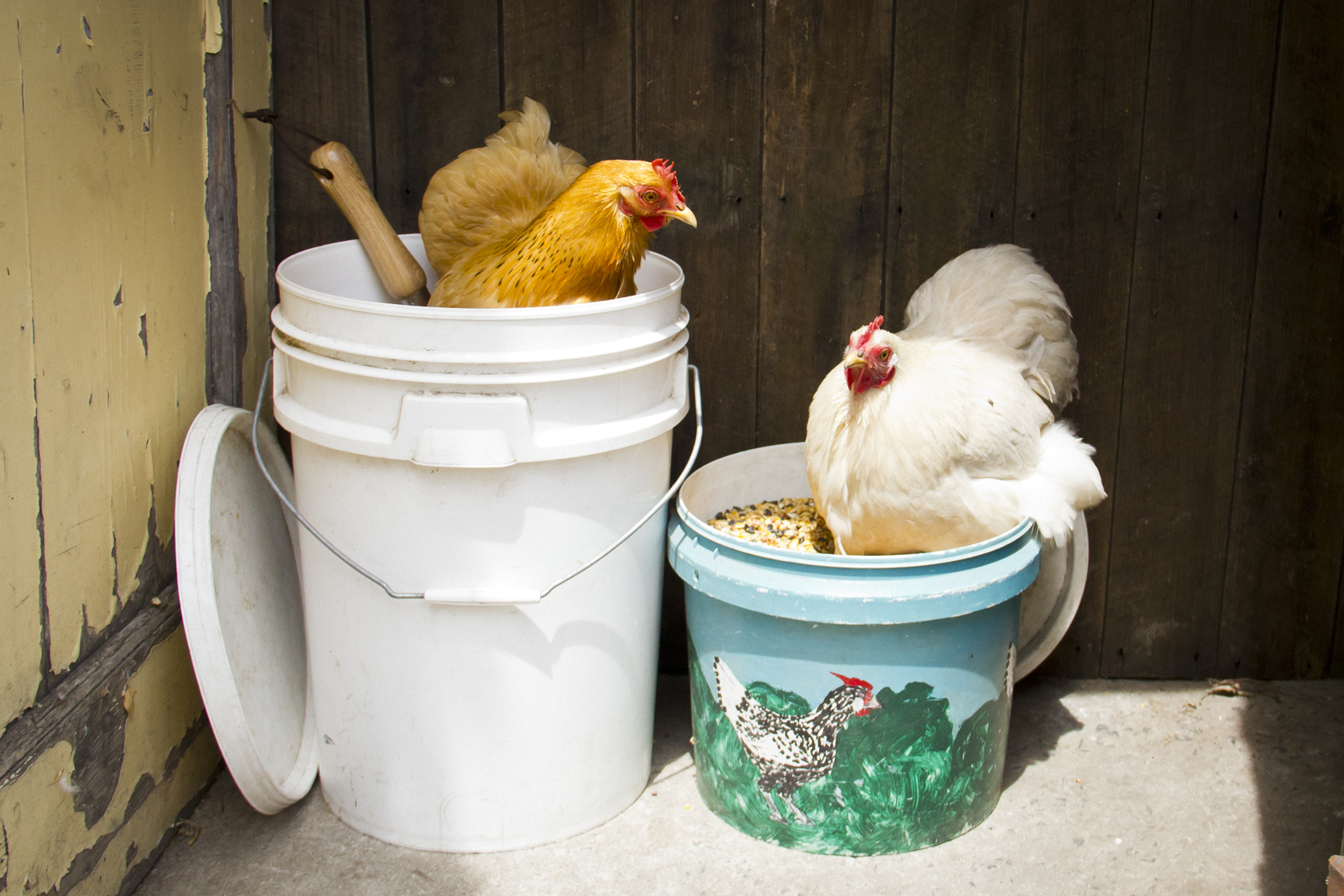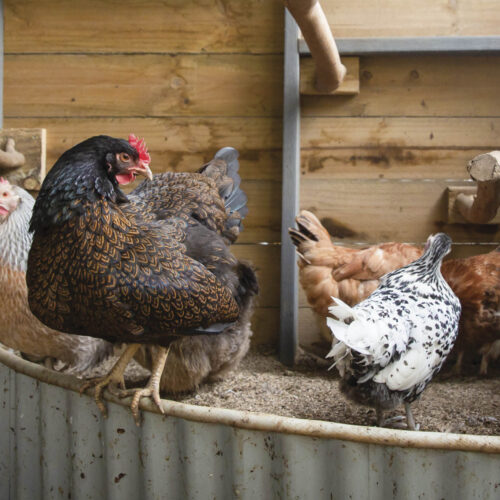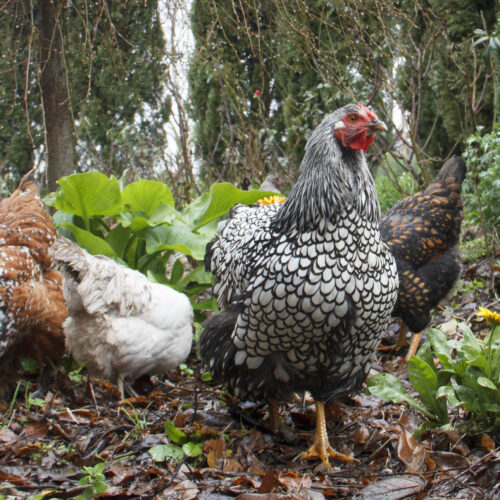Storing chicken feed for maximum nutrition
2017-11-20T03:38:29+11:00
Don't waste your chook nosh. Use Jessamy Miller's best-practice storage tips.
I give my chooks a quality feed ration, so I know they are in excellent health and set up to lay the most eggs. There’s no point wasting this top nosh on pests or letting it get spoiled; storing feed properly means I get maximum bang for my buck.
Moisture barrier
Do you bring feed home and leave it in the opened bag? This is not best practice; it creates a rodent and insect smorgasbord, and if it’s on an earthen or concrete floor, moisture can wick into bags and spoil contents.
Feed should be stored in a sealed container, in a dry, protected place out of reach of direct sunlight. Ensure the storage shed is rainproof, has good ventilation, and surface water cannot enter.
If you need to store multiple unopened bags, place them on a pallet to allow air to circulate underneath and between bags and the walls of the shed.
Feed subjected to damp or humid storage conditions may become stale and mouldy. These moulds produce harmful mycotoxins, which can lead to illness in fowls. Dispose of any mouldy feed in the compost, never give it to poultry.
Beat the heat
Overheating of feed, especially for extended periods, can lead to loss of critical nutrients, such as vitamins, essential fatty acids and antioxidants. This means you are not getting the nutrition you expected from the volume of feed.
To avoid this, store feed in the coolest place possible, away from temperature fluctuations. I won’t even leave feed bags in my hot car while I do other errands; I buy it last and take it straight home.
I’ve read suggestions that feed storage be incorporated into the design of movable chicken tractors, especially in pastured operations. This sounds like a time-saver, but is totally unsuited to our hot summers and wet tropics.
In periods of hot weather chicken tractors in paddocks would reach high temperatures, causing rapid degradation of feed, while in tropical areas it’s an invitation for mould. Back to the wheelbarrow!
Foil freeloaders
Rodents, insects and wild birds love free chicken feed, courtesy of you, so make sure storage is pest proof.
It could be a tub, a plastic food-grade bucket, a metal or plastic rubbish bin, or even a fancy 60kg feed bin with a screw top.
To discourage pests, maintain a clean environment around the shed with no hiding places such as stacks of wood. Keep doors shut and ensure that windows are meshed to prevent entry by wild birds or rats. Keep the storage shed neat and well-swept, and clean up any spilled feed straight away.
Stale rations
It’s best to plan ahead and only buy enough feed to use within 3–6 months, or before the use-by date on the bag.
Stale feed is unthrifty because vitamin potency decreases during storage, particularly vitamin C and thiamine. Broken grains such as cracked corn will degrade fastest, whereas some pellets contain stabilising agents that extend shelf life.
Use older feed up first before opening a new bag or adding it to the feed bin, and it’s a good idea to empty storage bins completely and clean the inside twice a year or so.
The more effectively you store your feed, the more palatable and nutritious it will be, so look after your investment!






